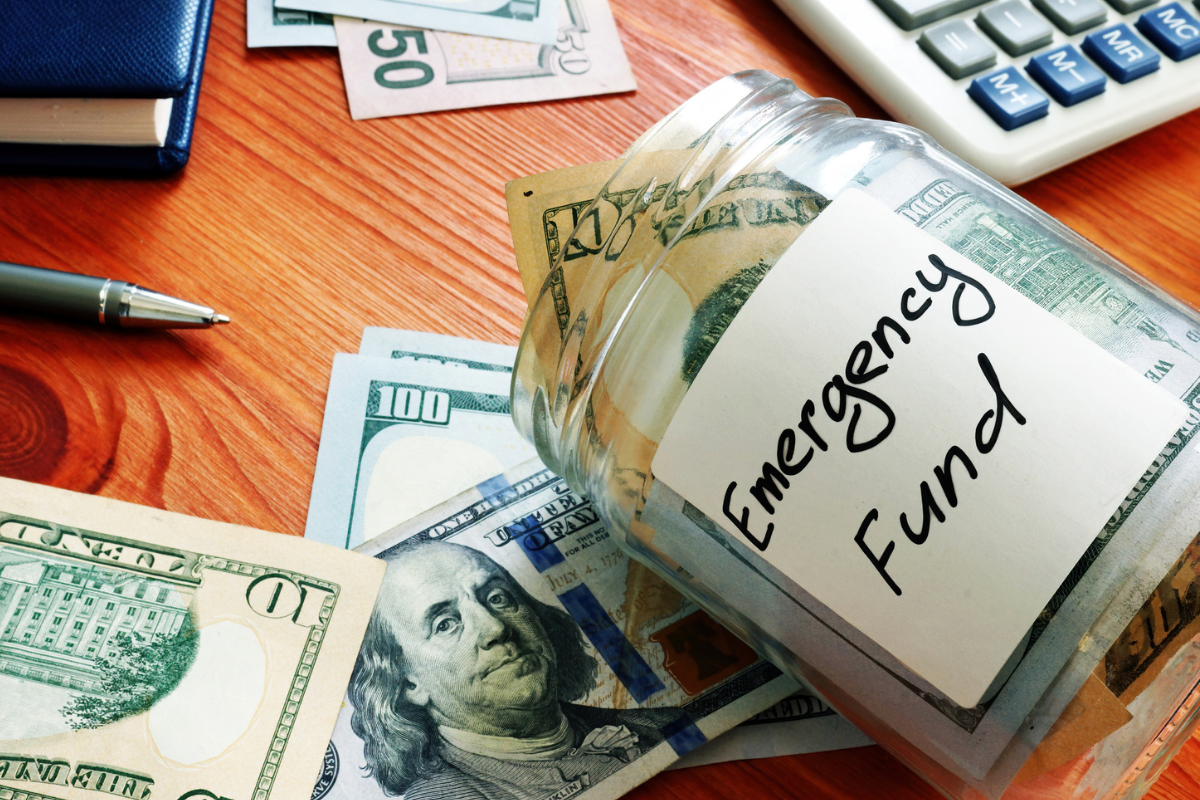All of us have encountered unforeseen financial crises, such as a car accident, an unanticipated medical bill, a broken appliance, a reduction in income, or even a broken cell phone. No matter how big or small, these unforeseen costs frequently seem to come at the worst moments.
One of the most important things you can do to protect yourself is to start saving money by designating a savings or emergency fund. You can recover faster and resume your progress toward your broader savings objectives by setting aside money, even a modest amount, for these unforeseen costs.
What is meant by an emergency fund?
A safety net is money that can be easily accessed in an emergency financial situation. A financial health plan should include an emergency fund to protect you from the natural ups and downs of your finances.
Why is it important that you have an emergency fund in place?
A fund for emergencies is a valuable asset to keep in your wallet. You will be better prepared to deal with small financial problems and unexpected expenses. Unemployment, illness and family emergencies may occur without warning. Having an emergency fund will help you deal with these stressful situations.
How much should you put aside in an emergency fund
You may be wondering what you should put in an emergency fund now that you understand its purpose. The amount you should save for an emergency fund depends on your income and your spending habits.
Generally, your emergency fund should have somewhere between 3 and 6 months of living expenses.Footnote1Opens overlay That doesn’t mean 3 to 6 months of your salary, but how much it would cost you to get by for that length of time. Include rent, utilities and debts. Do not include non-essential expenses such as dining out and entertainment.
Other questions that you might want to ask are:
- Does my industry or career path pose a high level of risk?
- How can I be sure that I will make the same amount every month?
- Can I earn less in the future than I currently do?
- Do I have a budget for my entire family? What will be the future financial needs of my family?
Remember that even if you are unable to save the recommended 3 to 6 month’s worth of money, you should still try. You can build up a cushion by saving small amounts each month.
Build an emergency fund
Step 1: Establish a goal
You can now set your own target. Remember to be realistic. An emergency fund should cover at least three months of rent, housing, utilities, debts and food.
Step 2: Set a budget
It doesn’t have to be difficult to save for an emergency fund. You can cut your spending and income by even one dollar per day. You can save more money the more you reduce your spending.
Step 3: Setup automatic transfers
Automatic transfers will help you save time and effort. You should look for a saving account that allows you to set up automatic deposits daily, weekly or even monthly from your checking account into your savings account. Some banks offer automatic transfers which allow you to set goals and monitor your progress. After you have built your safety net you can begin saving for the next goal.
Where should I keep my money?
It is important that an emergency fund be easily accessible. Long-term savings accounts, such as CDs, may not be the best option. A FDIC-insured account is an excellent place to store emergency funds, but do your research to find the account that best suits your needs.
When should you use emergency savings?
Financial emergencies are unforeseen expenses, such as a car repair bill or medical bill. Don’t hesitate to tap into your emergency fund when you’re in need. It is important to replenish your emergency fund after using it in downtimes.
Idealy, you should not use your emergency fund to pay for expenses like taxes or home repairs. Set up a budget with room for expenses you can anticipate. In these situations, it is better to use your emergency fund than take on debt.
How to use your emergency fund
You don’t have to add to your emergency fund forever once you reach your goal. Your emergency fund needs to be stored in a safe and easy-to-access place, such as a savings account. These accounts tend not to offer the best returns on your money. After you’ve established a solid safety net, you may want to focus your savings on other goals such as a vacation or a house.
Read More: 10 Different Ways to Motivated Saving for the Future










